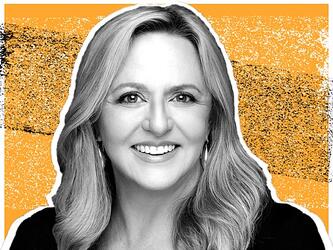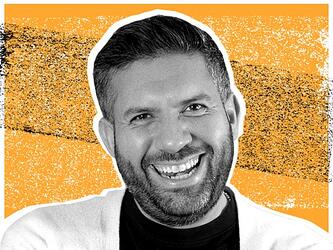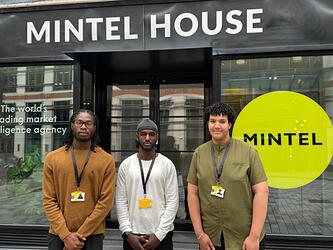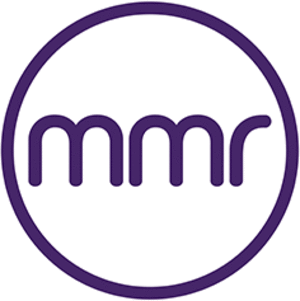Neuroscience sounds great, but it’s not the panacea for all research ills
There was an interesting piece in Marketing Magazine recently by Mhairi McEwan, chief executive and co-founder of Brand Learning, which discussed the way the world of customer insight is being influenced by two apparently conflicting forces: neuroscience and big data.
In her article, McEwan set out the differences between a neuroscientific approach with its subconscious associations, beliefs and emotional triggers influencing our behaviours, and data, where prediction analytics can be used to predict behaviour. Her view is that “neuroscience explains a quick, more intuitive style, whereas big data can drive a slower, more analytic style”.
As researchers and marketers, we are in the business of understanding why consumers do certain things. This is going to be a mix of rational reasons (which can be accessed by direct questions) and less rational reasons (which can’t so easily be accessed by direct questions). The upshot of that is that no one approach used in isolation will give you the rounded findings you need.
There’s no doubt that mention of neuroscientific approaches impresses potential clients. It also gives a clear impression that we as an industry we are progressing, but at present it remains a very small part of research, and actually not used by many. The reality is that the tools at our disposal are only as useful as the questions we ask.
The neuroscientific approach is useful in gauging people’s reactions but it does not give any idea of those reactions within any kind of context or if a subsequent conversation with someone else causes you to reappraise your thoughts. The data approach may be lacking in this but it will give you more of a balance view based on the responses of many more people.
We need to achieve some balance and recognise that neuroscience is just another tool if you have access to using it. It is not the holy grail of research, as more than one person has espoused at times “it can tell you what people are thinking even when they can’t”. As McEwan’s article points out, for most marketers all tools can be useful; no one tool is the panacea. There is no universally conclusive tool for all situations and, as researchers and marketers, we should always keep that in mind.

We hope you enjoyed this article.
Research Live is published by MRS.
The Market Research Society (MRS) exists to promote and protect the research sector, showcasing how research delivers impact for businesses and government.
Members of MRS enjoy many benefits including tailoured policy guidance, discounts on training and conferences, and access to member-only content.
For example, there's an archive of winning case studies from over a decade of MRS Awards.
Find out more about the benefits of joining MRS here.










3 Comments
Luke Williams
12 years ago
Massively correct. Every so often, we are offered a new widget to play with, trumping all previous widgets. By "widget" I do not mean to degrade them; they are critical for their time and offer more capability than before. What is most critical about these new advancements is that they push the toolbox of the marketing sciences. The more tools that become available, the more personalized, tailored research that can be executed. And, no doubt, this allows researchers to apply some personal flair to their work much the same as various intellectual camps develop within most academic fields. Hopefully we reach a point where the toolkit is overflowing and researchers - applying their mental trade - will thus be judged solely on their analytical and inferential competence.
Like Reply Report
Luke Williams
12 years ago
Massively correct. Every so often, we are offered a new widget to play with, trumping all previous widgets. By "widget" I do not mean to degrade them; they are critical for their time and offer more capability than before. What is most critical about these new advancements is that they push the toolbox of the marketing sciences. The more tools that become available, the more personalized, tailored research that can be executed. And, no doubt, this allows researchers to apply some personal flair to their work much the same as various intellectual camps develop within most academic fields. Hopefully we reach a point where the toolkit is overflowing and researchers - applying their mental trade - will thus be judged solely on their analytical and inferential competence.
Like Reply Report
Anon
12 years ago
"Let's not rely on one research tool alone, but combine them to maximise effectiveness." Sorry, what's new about this message?
Like Reply Report